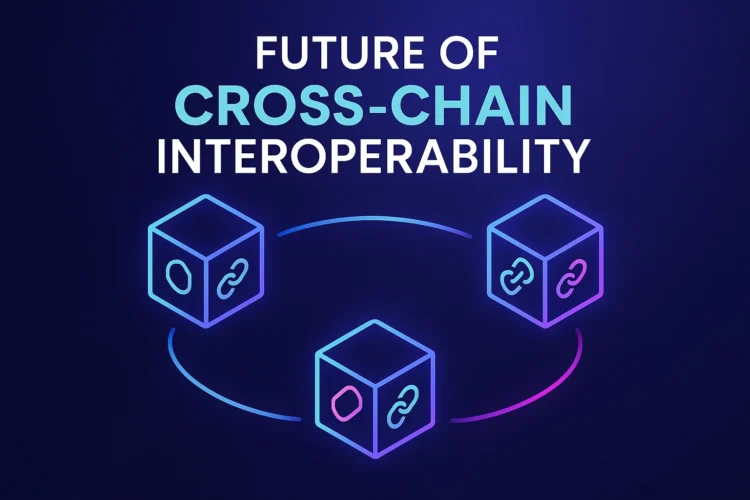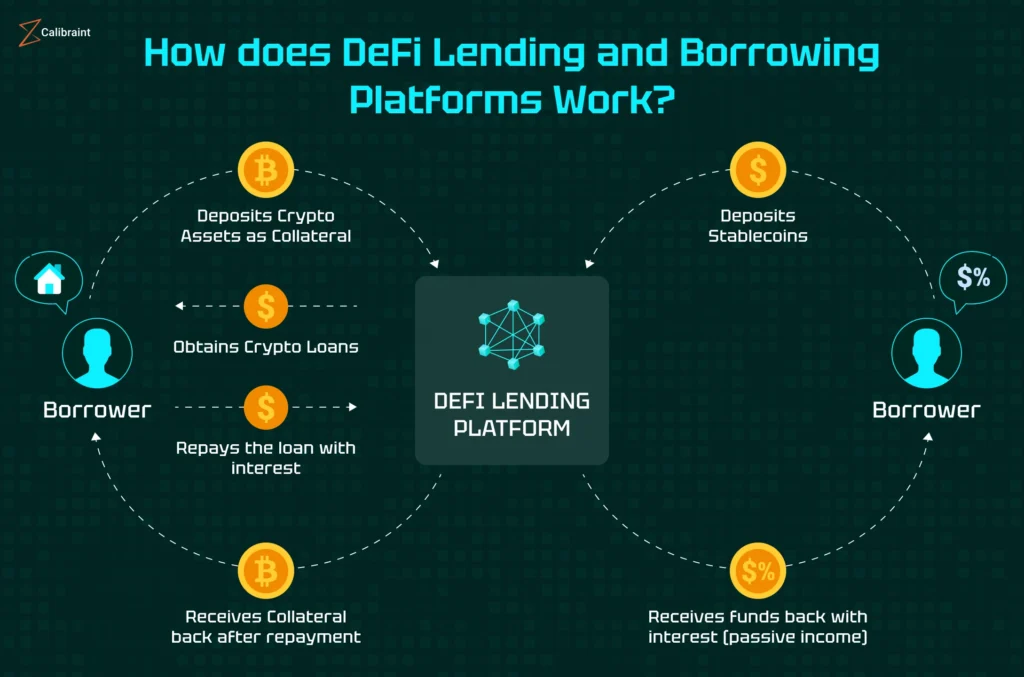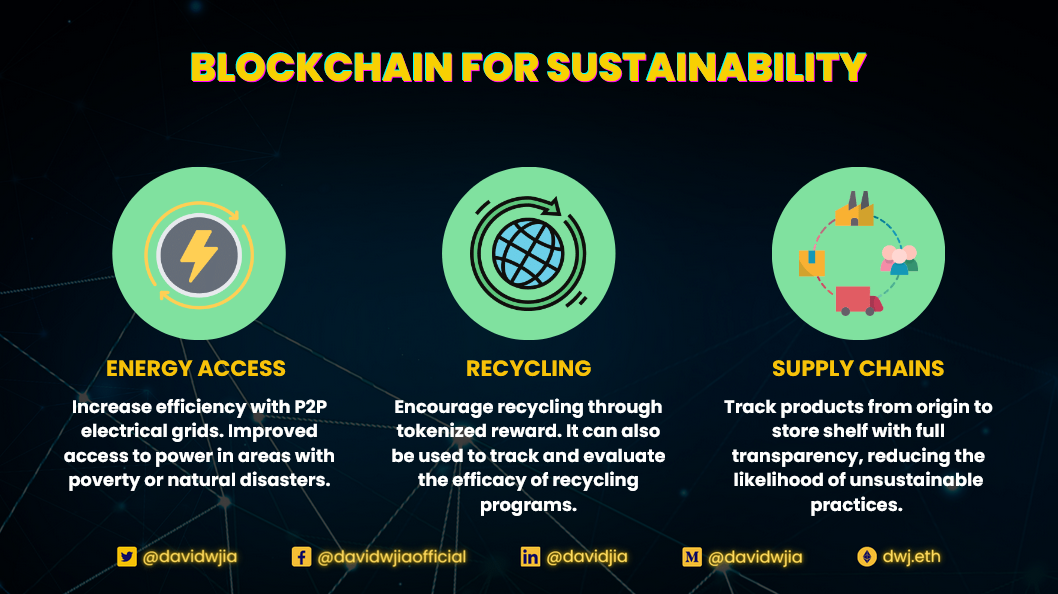
As the NFT ecosystem matures, one of the most exciting frontiers is cross-chain interoperability—the ability for NFTs to move, interact, and retain value across multiple blockchain networks. Early NFTs were confined to their native chains, often limiting liquidity, accessibility, and functionality. Today, developers are building bridges that could redefine digital ownership, creating a truly interconnected NFT universe.
The Limitations of Single-Chain NFTs
Initially, NFTs were bound to a single blockchain, most commonly Ethereum. While Ethereum offered security and liquidity, this exclusivity came with drawbacks:
- Limited Compatibility: NFTs minted on Ethereum couldn’t natively function on Solana, Flow, or other networks.
- High Gas Fees: Ethereum’s popularity led to congestion and elevated transaction costs, reducing accessibility for smaller collectors.
- Fragmented Markets: NFT marketplaces are often chain-specific, creating isolated liquidity pools and limiting trading options.
These limitations sparked demand for solutions that could allow NFTs to move seamlessly across platforms, unlocking value and utility beyond a single chain.
Cross-Chain Bridges and Protocols
The concept of cross-chain bridges has emerged as a technical solution. These bridges facilitate the transfer of NFTs between blockchains while maintaining authenticity and ownership. Projects like Wormhole, LayerZero, and Multichain are at the forefront, enabling users to mint, transfer, and trade NFTs across multiple networks without losing functionality.
For example, a collector could purchase an NFT on Ethereum and then move it to Solana to participate in a game or platform native to that chain. This level of interoperability creates a more fluid ecosystem, where NFTs are not restricted by the boundaries of a single blockchain.
Unlocking New Utility
Cross-chain capabilities also expand the functional potential of NFTs. Consider gaming: a sword NFT minted on one chain could be transferred to another blockchain-based game, allowing it to retain stats, rarity, and tradable value. Similarly, ticketing, access passes, and membership NFTs can now function across different platforms, extending the reach of communities and services.
This flexibility increases the overall utility of NFTs, transitioning them from static collectibles into dynamic digital assets that interact with multiple decentralized applications (dApps) and marketplaces.
Market Growth and Liquidity
Interoperability also addresses liquidity challenges. NFTs trapped on a single chain face limited trading opportunities and smaller user bases. Cross-chain solutions can unify markets, creating deeper liquidity and price discovery. Collectors gain more avenues to buy, sell, or lease assets, and creators can reach broader audiences without being restricted to a single platform.
Technical and Security Considerations
While cross-chain NFTs offer immense potential, they also introduce technical and security challenges:
- Bridge Vulnerabilities: Cross-chain bridges can become targets for hacks, as seen in past exploits where millions were lost due to vulnerabilities.
- Complex Smart Contracts: Interoperability requires sophisticated contract logic to maintain token uniqueness and functionality across networks.
- Standardization: Achieving seamless movement requires consistent NFT standards and metadata management across chains.
Developers are actively addressing these issues, combining audit protocols, decentralized validation mechanisms, and innovative token standards to enhance safety and reliability.
The Future of NFT Interoperability
The vision for NFTs is a multi-chain, connected ecosystem where assets are truly portable and versatile. Cross-chain collectibles could enable:
- Unified Virtual Economies: Assets moving across games, social platforms, and metaverses.
- Composable NFTs: Tokens that integrate with multiple dApps simultaneously.
- Global Communities: Enhanced collaboration and engagement across different blockchains and geographic regions.
As interoperability becomes the norm, the NFT market will evolve from isolated digital islands into a continuous, interconnected universe of digital ownership, enhancing both utility and value for creators and collectors alike.
Final Thoughts
Cross-chain interoperability represents the next evolution of NFTs, transforming them from single-chain novelties into flexible, functional, and globally accessible assets. As bridges, protocols, and standards mature, the NFT ecosystem will expand beyond silos, unlocking new dimensions of creativity, utility, and economic opportunity.
The future isn’t just about owning digital art—it’s about owning it anywhere, using it everywhere, and participating in a truly connected blockchain world.








